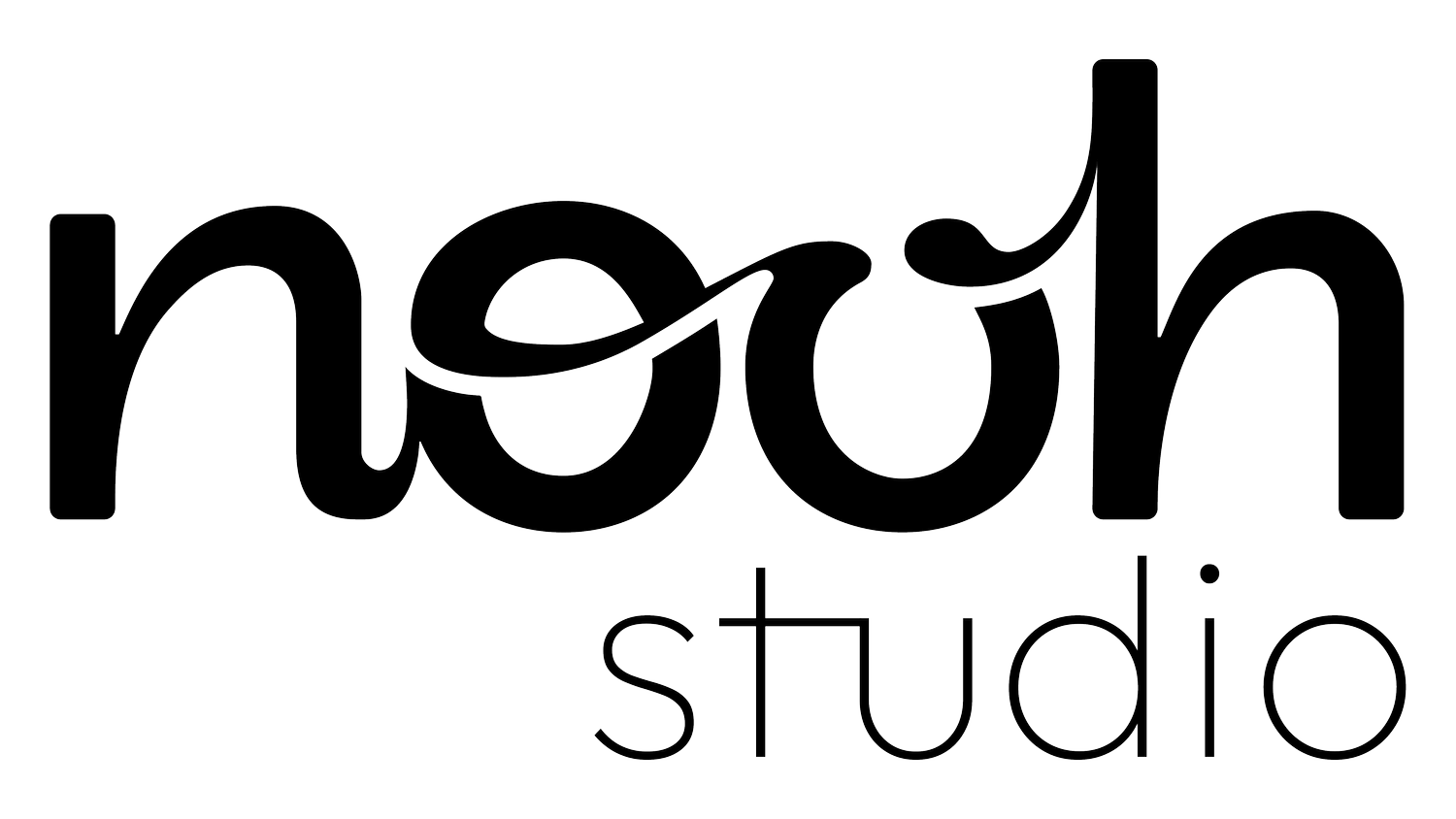Designing for Neurodiversity
In recent years, more people have thankfully started to recognise the importance of inclusivity in design. But while many designers now focus on making their products and services accessible to people with physical disabilities, neurodivergent people are still too often overlooked.
Wait, what is neurodiversity?
To put it simply, neurodiversity describes the differences in the way people’s brains work. Some of the most well-known types of neurodiversity are autism, ADHD and dyslexia.
Designing with neurodiversity in mind means creating products, services and experiences that accommodate and support individuals with these diverse cognitive abilities. At nooh, we’re dedicated to doing just that, and we want to help you do the same. So let's get into how we can design for neurodiversity…
Understanding neurodiversity
To effectively design for neurodiversity, you first need to understand the different ways in which people's brains work. That’s part of the reason team nooh’s designs for neurodiversity have been so successful. Not only is our founder neurodivergent, but so are 75% of our team. This gives us a unique insight into the world of neurodiversity and allows us to create designs for neurodivergent people, by neurodivergent people.
As Sara-Louise Ackrill, therapist, founder of Wired Differently and a neurodivergent person herself said - “nooh’s understanding of and empathy for neurodiversity stood out from other designers”.
We’re here to help you better understand neurodiversity, too. And it starts by learning about the unique strengths and challenges that neurodivergent people can have. For example:
Autism: Autistic individuals may have heightened senses which can make certain environments overwhelming. They often prefer clear, consistent communication and can sometimes struggle with social cues.
ADHD: People with ADHD can have difficulty with focus and attention, but they often excel in creative thinking and problem-solving.
Dyslexia: Dyslexic individuals may have trouble with reading and processing written information but can be highly imaginative and innovative thinkers.
How to design for neurodiversity
1. Be flexible
Provide options and flexibility whenever possible. Allow your website visitors to customise settings, layouts and features to suit their needs. For example, offer different colour schemes and font sizes, so your audience can tailor their experience based on their own visual preferences and sensitivities.
2. Communicate clearly and consistently
Communicate in a way which is clear and simple, avoiding overly-technical language and industry jargon. And embrace consistent design elements to help users understand experiences and predict interactions.
3. Consider sensory sensitivities
Be mindful of sensory sensitivities. Minimise overwhelming visual elements in your static designs and reduce loud noises in your videos. Consider providing options to adjust brightness, contrast and sound levels. For example, offering a "quiet mode" in videos, websites and apps to support people who are sensitive to auditory stimuli.
4. Break down information
Break down information into smaller, digestible chunks. Use bullet points, headings and visual aids to make content easier to read. This benefits people with ADHD and dyslexia by reducing cognitive load and increasing understanding.
5. Involve neurodivergent people
Include neurodivergent people in the design process! Sure, conducting interviews and using insights to inform your designs is great, but go beyond that - sharing initial ideas with neurodivergent people for feedback and even inviting them to co-design with you.
Designing for neurodiversity is not just a compliance exercise. It’s about creating brands that respect and embrace our cognitive differences. Embracing neurodiversity not only benefits those with specific needs, but enriches the experience for all people. By incorporating principles of flexibility, clarity and empathy into your designs, you’ll make sure that your products and services are accessible and engaging to everyone.
Not sure if your designs support neurodiversity? We’ve got your back. We’re nooh, the creative co-design agency dedicated to building brands and telling stories that reach more people. With bags of experience designing for neurodiversity and a neurodivergent founder, we’re here to help - just get in touch and tell us about your goals. We can’t wait to hear from you.
